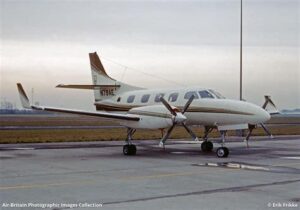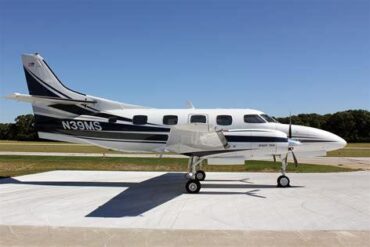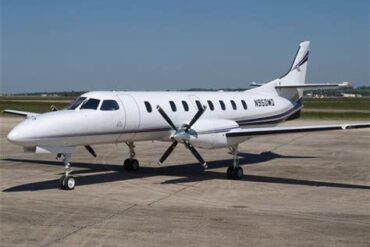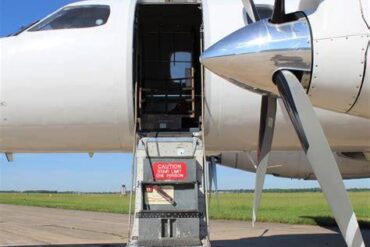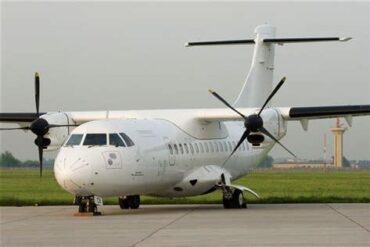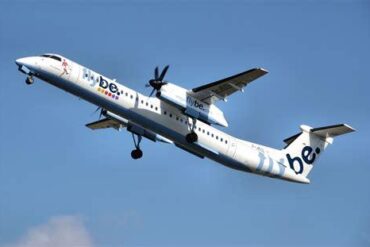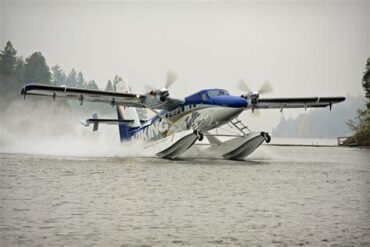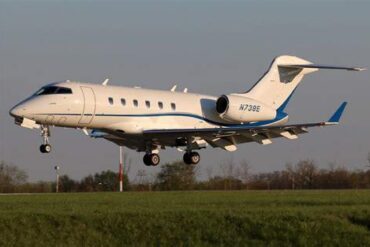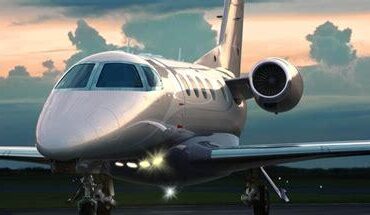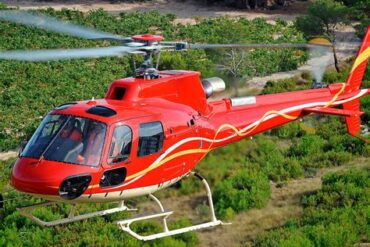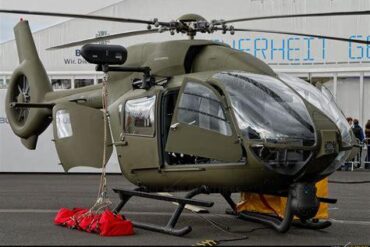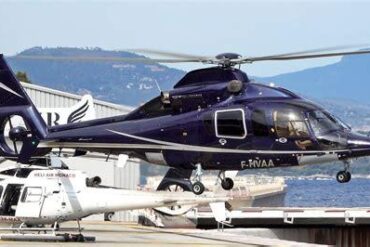The Fairchild Dornier Merlin 300/IIIC is a remarkable aircraft that has gained recognition for its efficiency and versatility in the aviation sector. As we delve into the price and operating costs associated with this aircraft, it is essential to consider various factors that contribute to its overall value proposition. This article will provide an in-depth analysis of the costs involved in owning and operating the Merlin 300/IIIC, ensuring you have a comprehensive understanding of what to expect.
Overview of the Fairchild Dornier Merlin 300/IIIC
The Fairchild Dornier Merlin 300/IIIC is a twin-engine turboprop aircraft designed primarily for regional passenger transport. With a seating capacity of up to 30 passengers, this aircraft strikes a balance between performance and comfort. Its modern design incorporates advanced technology, enhancing operational efficiency and reducing environmental impact. The aircraft features a spacious cabin, making it an ideal choice for both commercial and private operations.
Technical Specifications
Before diving into the financial aspects, it is crucial to understand the technical specifications of the Merlin 300/IIIC:
-
Length: 23.2 meters (76 feet)
-
Wingspan: 25.5 meters (83.7 feet)
-
Height: 7.4 meters (24.3 feet)
-
Maximum Takeoff Weight (MTOW): 8,400 kg (18,520 lbs)
-
Cruising Speed: Approximately 300 knots (345 mph)
-
Range: Up to 1,500 nautical miles (1,726 miles)
These specifications showcase the aircraft’s capability to cover considerable distances while maintaining high speeds, making it a valuable asset for airlines and charter services.
Initial Purchase Price
The initial purchase price of the Fairchild Dornier Merlin 300/IIIC varies based on several factors, including the age of the aircraft, its condition, and any modifications or upgrades. Generally, the market price for a used Merlin 300/IIIC ranges from $1.5 million to $3 million. New models, when available, can command prices upwards of $4 million.
Factors Influencing Purchase Price
-
Age and Condition: Older aircraft may be available at lower prices but may require more maintenance.
-
Modifications: Aircraft equipped with advanced avionics or upgraded engines may attract higher prices.
-
Market Demand: Economic conditions and demand for regional air travel can influence pricing.
Operating Costs
Operating costs are a significant consideration for any aircraft owner. For the Merlin 300/IIIC, these costs can be broken down into several categories:
Fuel Costs
One of the largest ongoing expenses for operating the Merlin 300/IIIC is fuel. The aircraft typically consumes around 800 pounds of fuel per hour. With average fuel prices fluctuating around $5 per gallon, operators can expect fuel costs to range from $400 to $600 per flight hour, depending on flight duration and operational efficiency.
Maintenance Costs
Regular maintenance is critical to ensure the safe operation of the aircraft. Maintenance costs can include scheduled inspections, unscheduled repairs, and parts replacement. On average, operators should budget approximately $250 to $300 per flight hour for maintenance, depending on the aircraft’s age and usage frequency. Key maintenance considerations include:
-
Airframe Inspections: Routine inspections based on flight hours and calendar time.
-
Engine Maintenance: Engine overhauls and inspections are necessary at specific intervals.
-
Component Replacement: Replacement of parts such as tires, brakes, and avionics as needed.
Crew Costs
The cost of hiring and training flight crew adds another layer to the overall operating expenses. For the Merlin 300/IIIC, operators typically need a two-person crew consisting of a pilot and co-pilot. Average salaries for pilots can vary significantly, but budget estimates are around $100,000 to $150,000 annually per pilot. Additionally, training costs, including simulator training and recurrent training, can add another $20,000 to $30,000 per year.
Insurance Costs
Aircraft insurance is essential for protecting against potential liabilities and damages. Insurance costs for the Merlin 300/IIIC can vary based on factors such as the operator’s safety record, usage, and coverage levels. On average, operators can expect to pay between $20,000 and $50,000 annually for insurance, depending on coverage specifics.
Hangar and Storage Fees
Proper storage is crucial for maintaining the aircraft’s condition. Hangar fees can vary significantly based on location and facility type. Operators should budget approximately $1,000 to $3,000 monthly for hangar space, depending on the airport’s proximity to major urban areas.
Miscellaneous Operating Costs
Other operational expenses can include:
-
Landing Fees: Fees charged by airports for landing and takeoff.
-
Navigation Fees: Charges for using air traffic control services.
-
Supplies and Amenities: Costs for onboard refreshments, cleaning, and other passenger amenities.
Overall, operators can anticipate total operating costs for the Merlin 300/IIIC to range between $1,200 and $1,800 per flight hour. This estimate encompasses all the categories mentioned above and provides a comprehensive overview of what to expect financially when operating this aircraft.
Cost-Benefit Analysis
When considering the Fairchild Dornier Merlin 300/IIIC, it’s vital to conduct a thorough cost-benefit analysis. The aircraft’s operational efficiency, combined with its capabilities, makes it a compelling choice for regional airlines and charter operations. Key benefits include:
-
High Passenger Capacity: The ability to carry a significant number of passengers enhances revenue potential.
-
Long Range: Capable of covering substantial distances, allowing for versatile route planning.
-
Comfortable Cabin: Provides a pleasant flying experience, attracting repeat customers.
However, potential operators must weigh these benefits against the associated costs. Understanding the full spectrum of expenses ensures informed decision-making and long-term financial sustainability.
Conclusion
In conclusion, the Fairchild Dornier Merlin 300/IIIC presents a unique opportunity for those looking to invest in a reliable and efficient aircraft. While the initial purchase price can vary significantly, the operating costs remain a crucial factor in determining overall profitability. By carefully considering all aspects, from fuel and maintenance to crew and insurance, prospective owners can make well-informed decisions that align with their operational goals. Ultimately, the Merlin 300/IIIC stands out as a robust option in the regional aviation market, promising both performance and comfort for operators and passengers alike.
